Almost everyone is familiar with London's red buses. For generations, they have carried passengers within the area which (nowadays) is bordered by the M25 motorway. Not quite as well known, however, is Green Line - another division of the London Transport group which, since the 1920s and 1930s, has operated from depots outside that region and from where limited-stop or express services ran into (and in some case, through) the capital. Garages were located at dormitory towns such as Windsor, St. Albans, Maidstone, and Leatherhead and a typical Green Line route would run from Guildford, via Kingston, Oxford Street, and through the north London suburbs to Hertford and back again.
All photos can be enlarged by 'clicking' on them............
All photos can be enlarged by 'clicking' on them............
Quite often, specially adapted Routemasters were used for these journeys. The one shown above (left), for example, has a coach-style door instead of the usual hop-on, hop-off entrance (above right) of an ordinary double-decker and the seating was often better upholstered (see below).
Comfort was obviously important for longer journeys; so, hybrid vehicles combining bus and coach characteristics (below left and right) were introduced and they became a popular means of commuting in and around the home counties. In addition to the scheduled services, Green Line also operated coach services (below centre); and, in particular, summer day-trips from London Victoria Coach Station to Rye and Hastings, for example, or Stonehenge and Bath.
In the early seventies, control of Green Line passed from London Transport to London Country Bus Services who also provided local bus services in and around the towns and villages where their garages were situated. At around that time, rear engined buses were being introduced some of which are shown below..........
The single-decker vehicle was a Leyland National; one of the most successful British buses of all time; and the following photos demonstrate different versions and also shows how advertising on buses progressed from posters between the top and bottom deck of a double-decker to something much more eye-catching. Double-deckers, too, progressed from the simple red of London Transport to mobile advertising boards.......
In 1989, I joined the company as a driver and the purpose of the remainder of this blog is to show some of the vehicles I drove and to record the changes which have occurred since then; and one of the ways to demonstrate those changes is to show the different liveries which have been used and how the same vehicle may have served several different roles within the company. This vehicle (below), for example, went from Green Line service to become a coach with National Holidays........
Since the eighties, ownership of the company has changed more than once and the series of photos shown below demonstrate some of the different liveries which have been applied to the same model of coach.......
Over the years, the company has also merged with, acquired, or entered into joint operations with other coach operators and further examples of different liveries are shown below......
I drove Green Line limited-stop coach services in my early days with the company; and my first route was Croydon to Brighton via Kingston, Dorking, Horsham, and Worthing. In time, I progressed to driving the aforementioned day-trips from Victoria Bus Station; and as a consequence, I became more accustomed to driving coaches than buses. However, there were occasions when I did drive buses and here (below) is a selection of them; once again showing the alterations to the livery which occurred as the company changed ownership.......
In addition to those of buses and coaches, there are some out-of-the-ordinary and interesting photos in the collection. Shown below is a bus adapted to teach learner drivers, a vintage Guy bus which was used for weekend tours of The Surrey Hills, and a double-decker converted for tree-trimming duties in country lanes...........
..............and here's a photo of a coach driver's cab and specially converted seating for school-children (i.e. three abreast on one side of the coach).......
Finally, a picture of what, in effect, seems to be the end of the line for the Green Line family. Sadly, recently put into administration, Countryliner was the final link in the Green Line chain. At the time the marque was conceived, I was manager of Guildford bus station and was asked if I had any thoughts on a logo (see below).
In the meantime, I had imagined that my contribution (the big capital C underlining the name) would assure my place in the public transport history. As it happens, however, I will have to rely on my second contribution; and that is to have selected the site of National Express's pick-up point in Guildford. In the early nineties, National Express coaches were having to turn off the A3 and make their way to the Friary Bus Station and back again and it was often taking half-an-hour (or more) for the journey; so. when I was asked to suggest a new site, I chose the stop outside Tescos and within yards of the A3. It remains in use to this day......
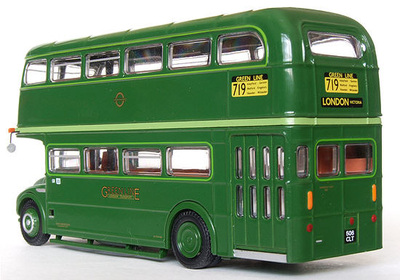
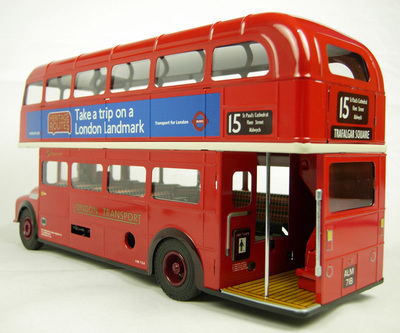
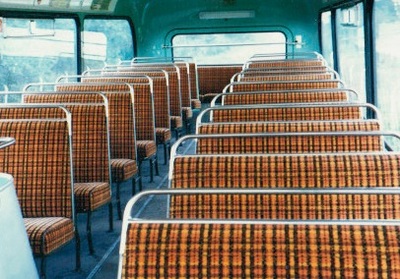
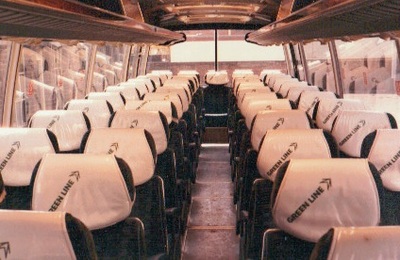
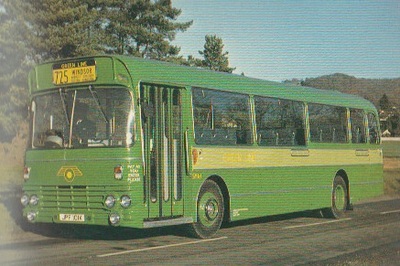
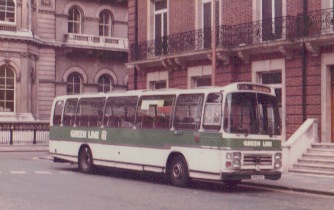
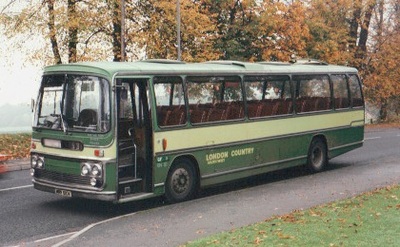
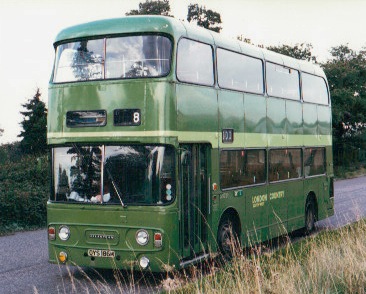
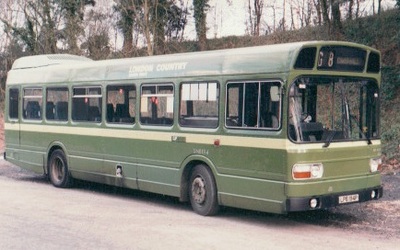
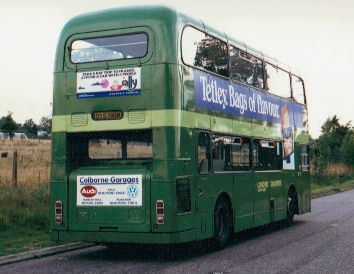
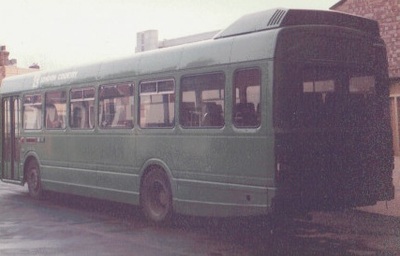
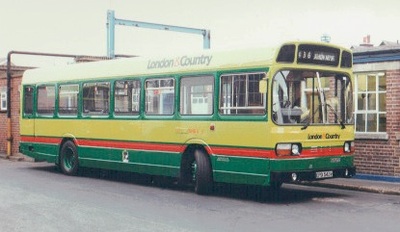
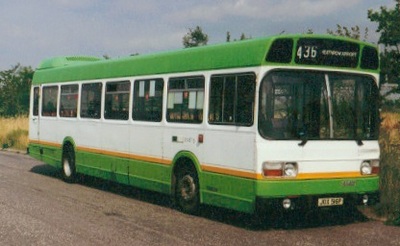
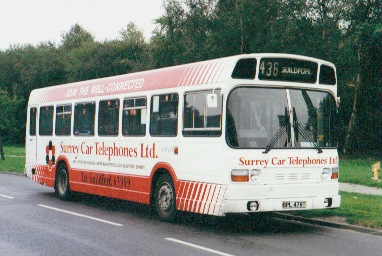
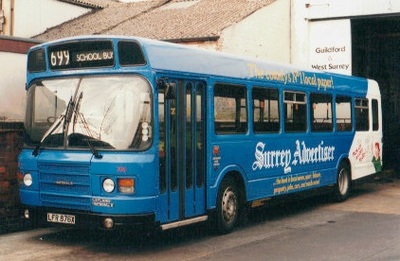
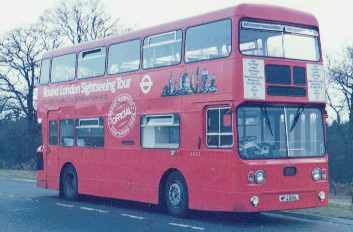
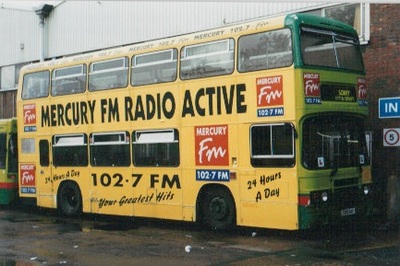
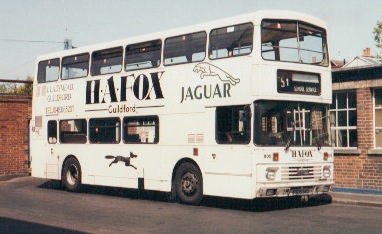
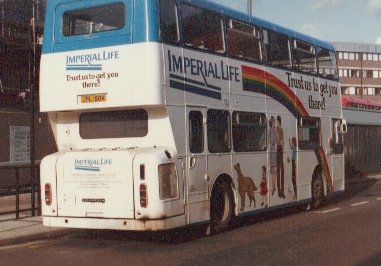
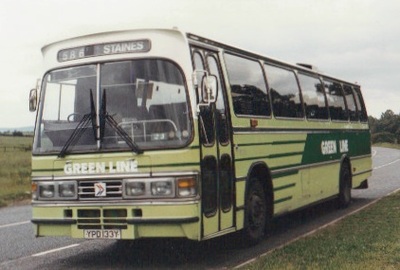
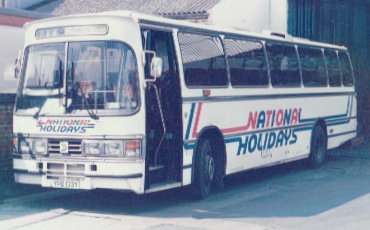
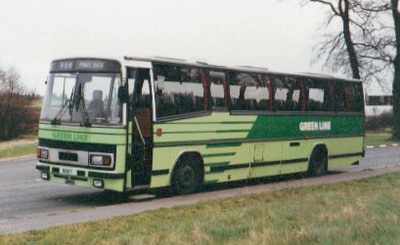
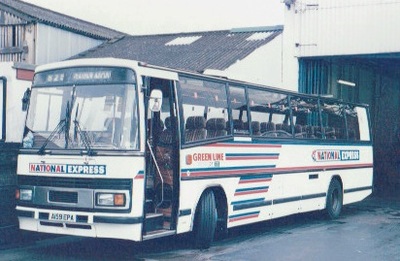
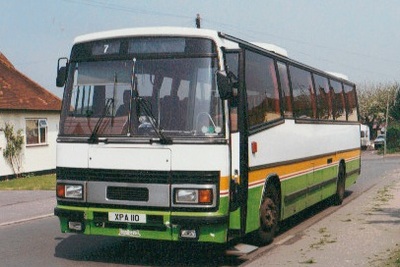
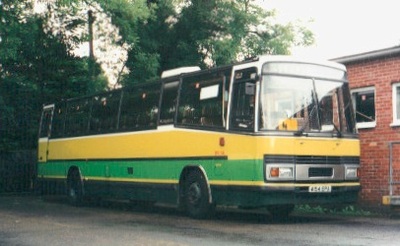
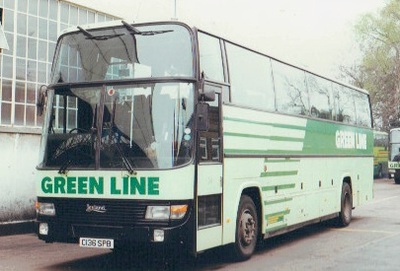
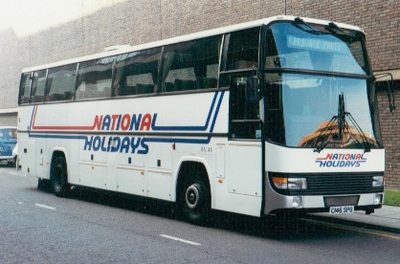
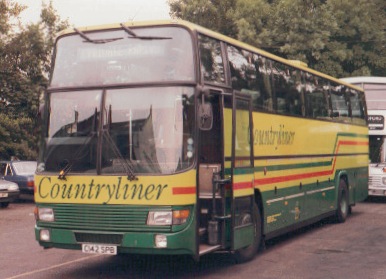
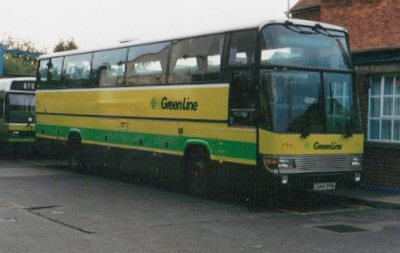
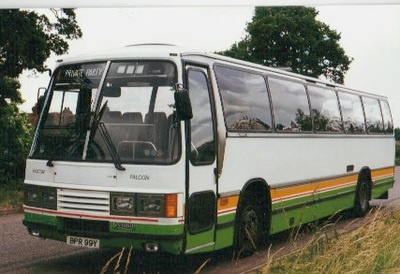
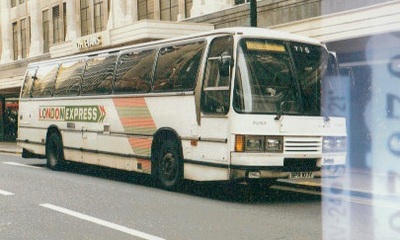
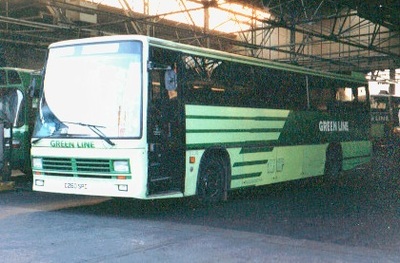
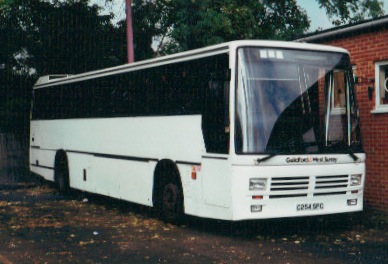
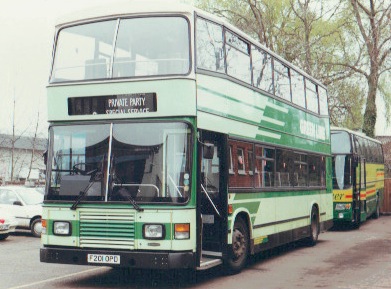
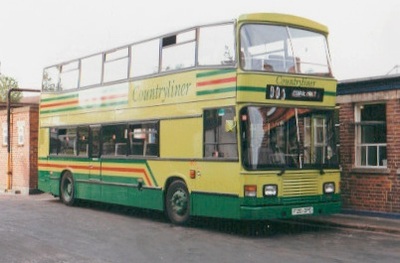
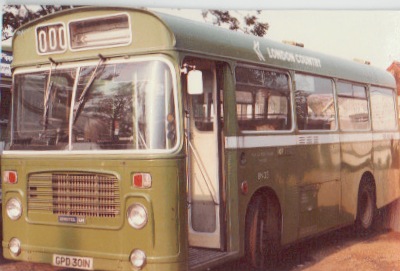
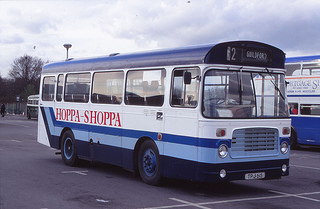
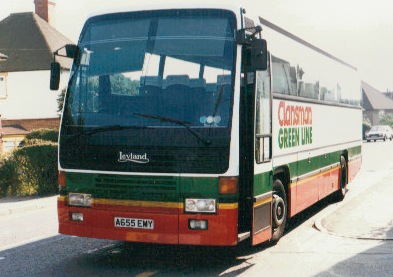
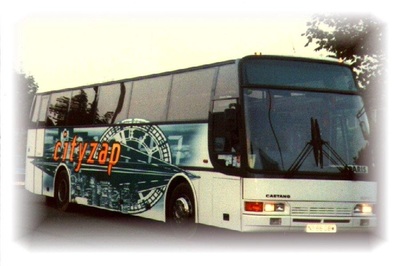
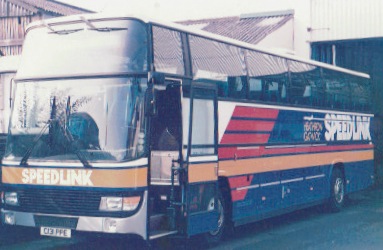
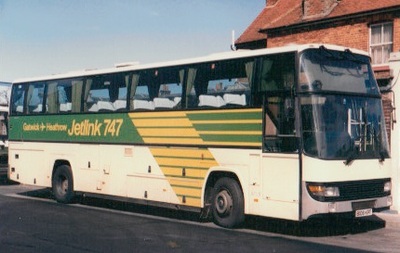
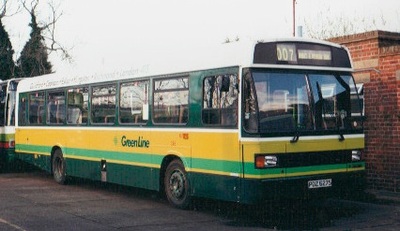
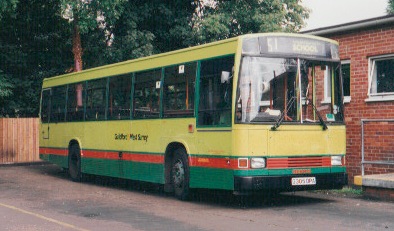
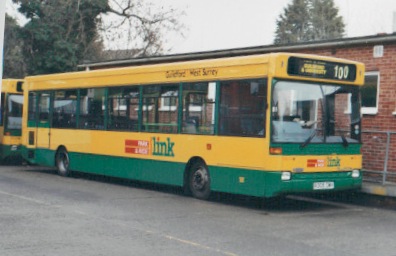
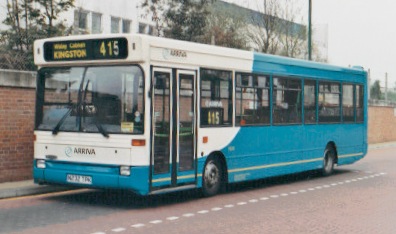
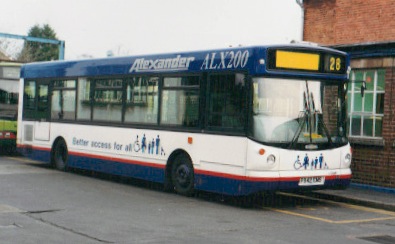
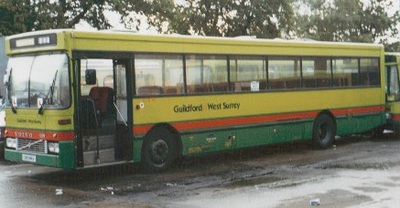
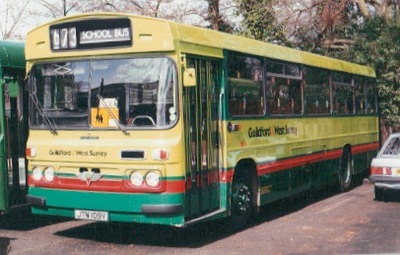
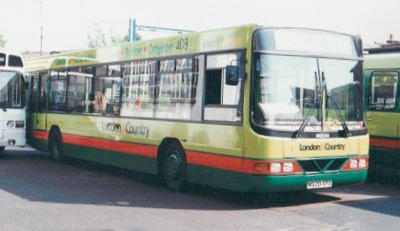
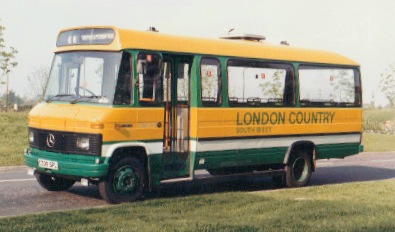
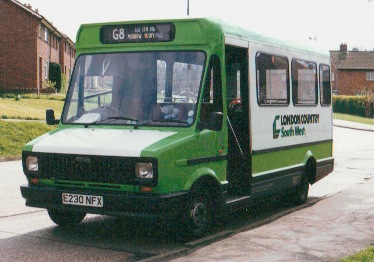
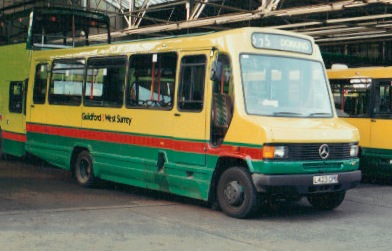
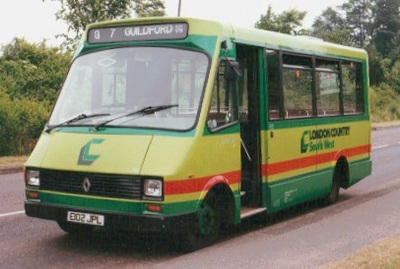
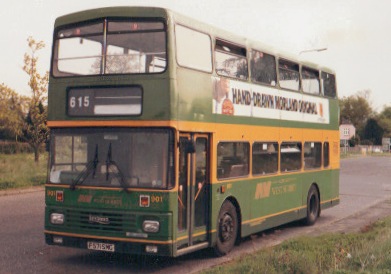
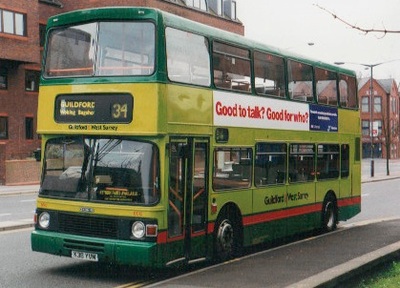
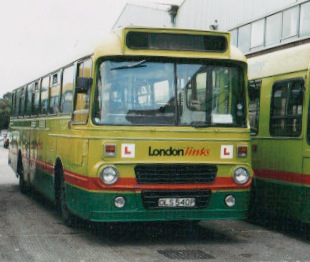
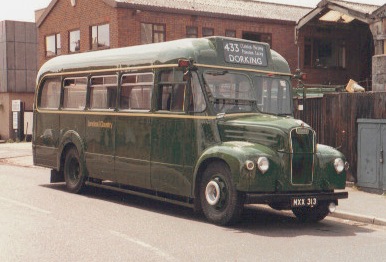
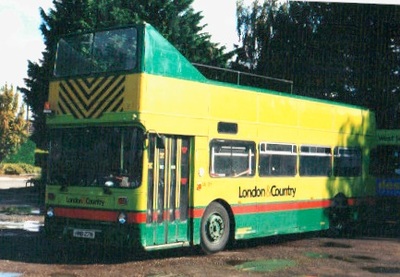
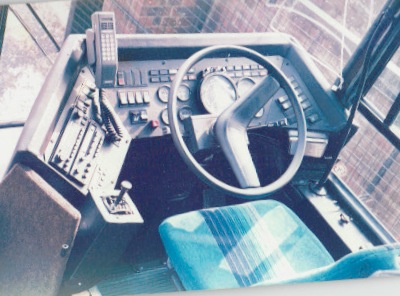
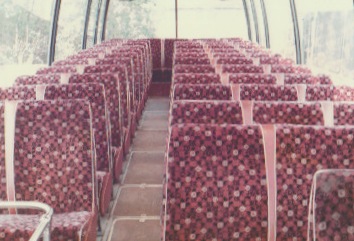
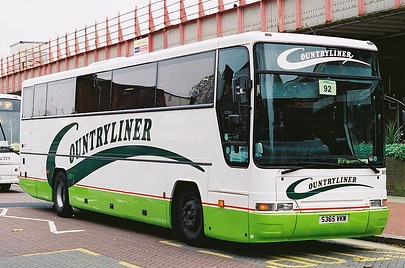
 RSS Feed
RSS Feed
